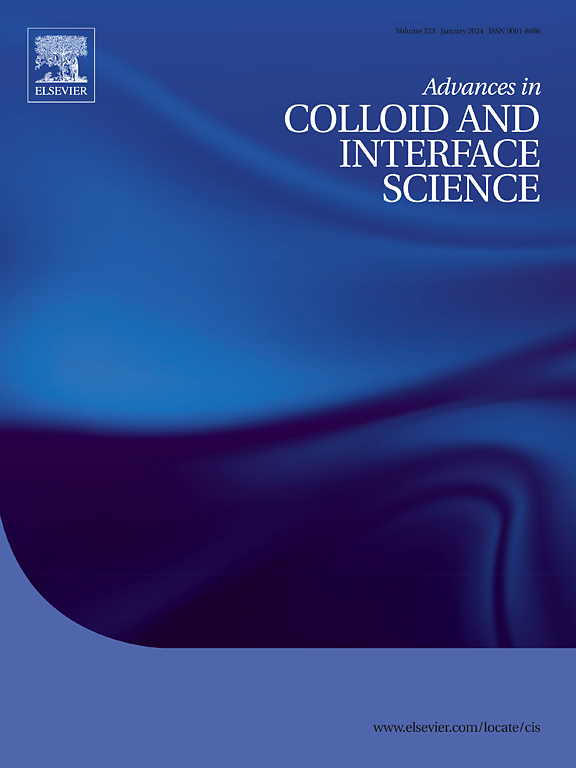将二氧化碳光电催化还原为燃料和增值产品的异质结构研究进展
IF 19.3
1区 化学
Q1 CHEMISTRY, PHYSICAL
引用次数: 0
摘要
碳捕获与利用(CCU)技术为同时解决能源危机和环境污染提供了一种可持续的选择,例如将二氧化碳(CO2)催化还原为增值燃料产品(例如C1-C3)。在各种CCU策略中,光照射光电催化(PEC)方法被认为是通过在单级杂交催化系统中整合光催化和电催化来实现高效二氧化碳还原反应(RR)的前沿选择。因此,本文将详细阐述先进复合催化剂(如二氧化钛、金属-有机框架和有机/杂异质结构材料)在PEC-CO2RR中的潜在应用。它还研究了控制它们的PEC-CO2RR活性的因素和过程,这些活性与它们的还原途径、电子结构、电荷载流子动力学、电解质类型、传质、光吸附电位和活性位点的可行性有关。概述了各种催化材料在PEC-CO2RR中的基本原理和工作机制,以帮助建立基于性能评估的先进催化体系(例如CO2转化率,量子产率和时空产率)。总的来说,该综述有望为下一代PEC-CO2RR系统的构建提供新的途径,该系统具有可扩展性、稳定性和可重复使用性,并具有增强的催化活性。本文章由计算机程序翻译,如有差异,请以英文原文为准。

Progress in heterostructures for photoelectrocatalytic reduction of carbon dioxide into fuels and value-added products
Carbon capture and utilization (CCU) technology offers a sustainable option to simultaneously address both energy crisis and environmental pollution such as catalytic reduction of carbon dioxide (CO2) into value-added fuel products (e.g., C1–C3). Among diverse CCU strategies, the light-irradiated photoelectrocatalytic (PEC) approach is recognized as a cutting-edge option for efficient CO2 reduction reaction (RR) through the integration of photocatalysis and electrocatalysis within a one-stage hybridized catalytic system. Therefore, this review is meticulously structured to elucidate the potential utility of advanced composite catalysts (e.g., titanium dioxide, metal-organic frameworks, and organic/miscellaneous heterostructure materials) in PEC-CO2RR. It also examines the factors and processes governing their PEC-CO2RR activites in relation to their reduction pathways, electronic structures, charge-carrier dynamics, types of electrolytes, mass transfer, light-adsorption potential, and the viability of active sites. The fundamental principles and working mechanisms of diverse catalytic materials in PEC-CO2RR are also outlined to help establish the advanced catalytic systems based on performance assessments (e.g., in terms of CO2 conversion rate, quantum yield, and space-time yield). Overall, this review is expected to deliver the new path for the construction of the next-generation PEC-CO2RR systems that are upscalable, stable, and reusable with enhanced catalytic activity.
求助全文
通过发布文献求助,成功后即可免费获取论文全文。
去求助
来源期刊
CiteScore
28.50
自引率
2.60%
发文量
175
审稿时长
31 days
期刊介绍:
"Advances in Colloid and Interface Science" is an international journal that focuses on experimental and theoretical developments in interfacial and colloidal phenomena. The journal covers a wide range of disciplines including biology, chemistry, physics, and technology.
The journal accepts review articles on any topic within the scope of colloid and interface science. These articles should provide an in-depth analysis of the subject matter, offering a critical review of the current state of the field. The author's informed opinion on the topic should also be included. The manuscript should compare and contrast ideas found in the reviewed literature and address the limitations of these ideas.
Typically, the articles published in this journal are written by recognized experts in the field.

 求助内容:
求助内容: 应助结果提醒方式:
应助结果提醒方式:


